Among the entry-level MX series, the MX7600 and MX7000 are the most impressive, with the former being recommended as a good option for beginners due to its user-friendly design.
However, the MX7600 does have a slightly too soft setup, which makes it less satisfying for aggressive play. Given the official specs, could the MX5600, which only differs in stiffness, be a better option?

Parameters: 3UG5, no base, used condition total weight 91.17g, balance point 307mm, shaft length 215mm, medium stiffness, eight-sided wind-breaking frame, 80-hole string bed, warranty 26 pounds, string tension 25lbs BG85.
The design of the MX5600 has a similar feel to the MX70, featuring silver-white and navy blue as the main colors. The layering is well done, with long blue sections on the sides making the racket look longer and highlighting the slender wind-breaking structure of the head. The MeteorX pattern at the 3 and 9 o’clock positions is quite distinctive. While the racket is not eye-catching, closer inspection reveals several noteworthy details.
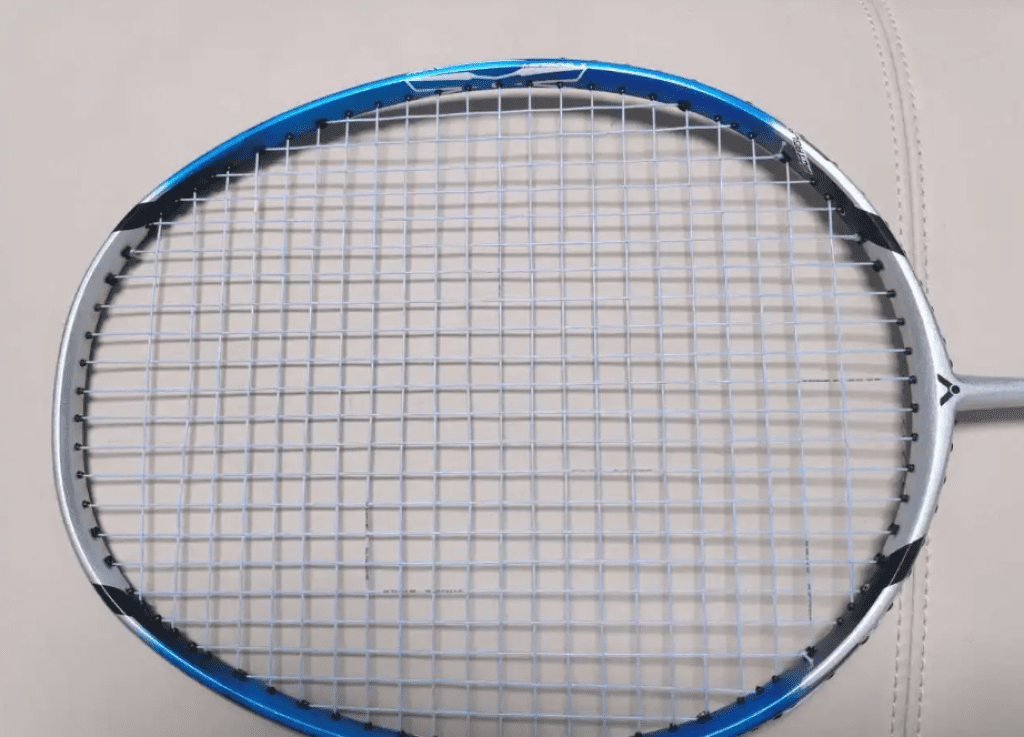
However, upon receiving the racket, I realized my initial expectations were not met. This is currently the only entry-level MX model I’ve encountered with an 80-hole string bed, meaning it’s quite different from the entry-level MX rackets I’ve tried before. If we’re comparing, it should be compared with the MX6000, as the main difference between them is the number of string holes.
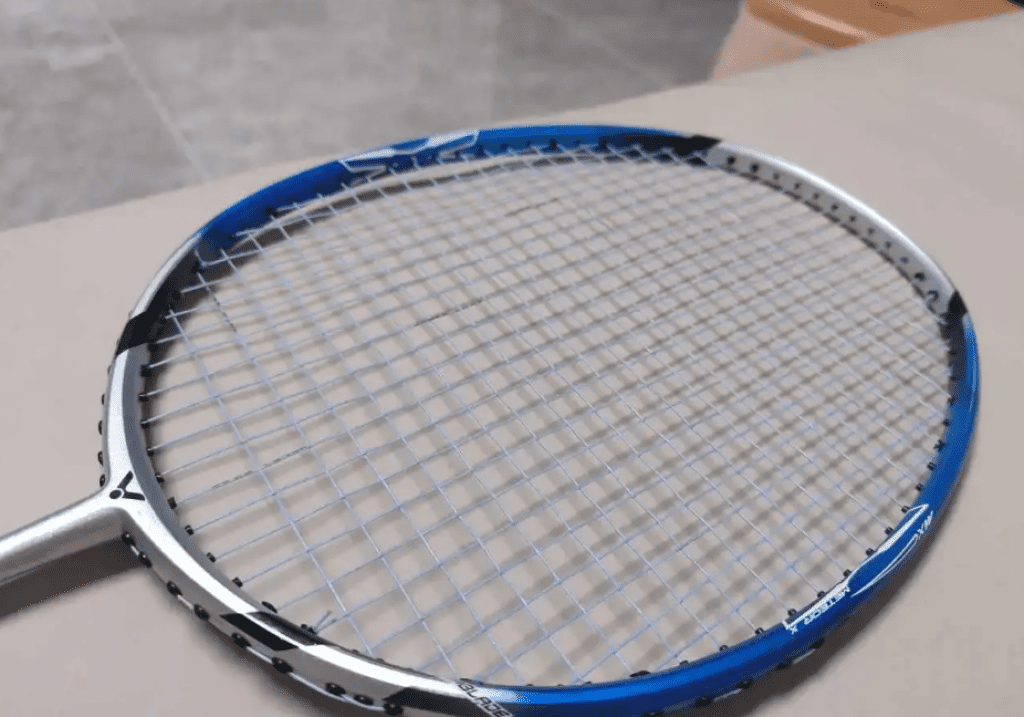
The MX5600 didn’t immediately impress with its feel. It’s fairly neutral, with a slightly higher head weight and swing speed that help generate comfortable active shots. During actual use, it performed well in high clears but needed some adaptation due to the 80-hole string bed, which is uncommon in entry-level rackets.
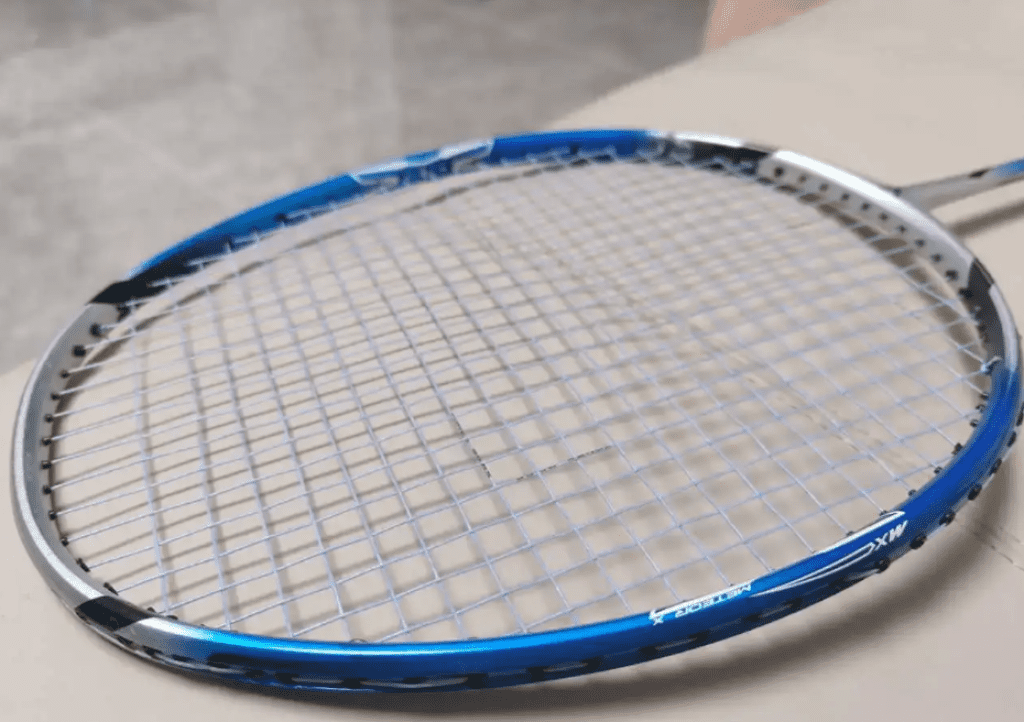
The 80-hole string bed on the MX5600 is reminiscent of a lower-end Bolle racket I’ve used, which also had an 80-hole string bed but suffered from a poor feel due to material issues. The MX5600 faces a similar challenge. The larger sweet spot of the 80-hole string bed should theoretically provide better performance, but in an entry-level racket, this characteristic can lead to more user discomfort.
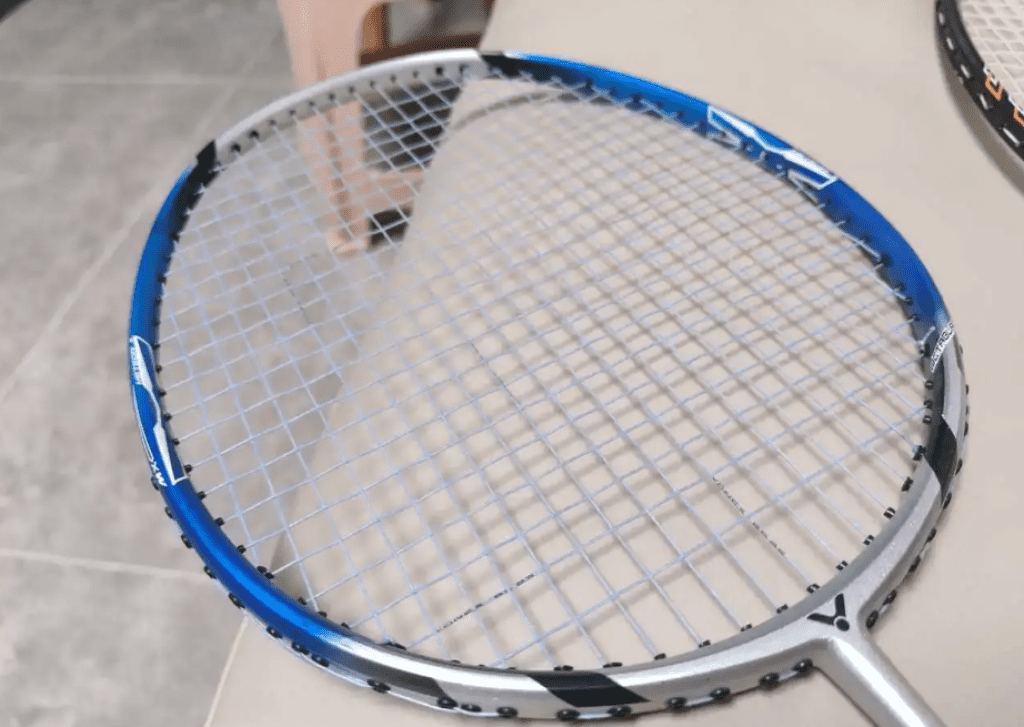
Additionally, despite the long-awaited and beloved BG85 strings, the string condition was average and didn’t perfectly match the MX5600.
In most aspects of the racket’s performance, the MX5600 is quite similar to the MX6000. Considering the specifications, the key difference lies in the feel during power shots. The 80-hole string bed does make the racket stiffer. In terms of power, the MX5600 provides a very effective feel for hitting the ball with force, so heavy smashes are not a problem. However, in terms of energy transfer, it falls short compared to the MX7000. Even with the BG85 strings, there is a noticeable lack of explosiveness in the string bed after concentrated power smashes.
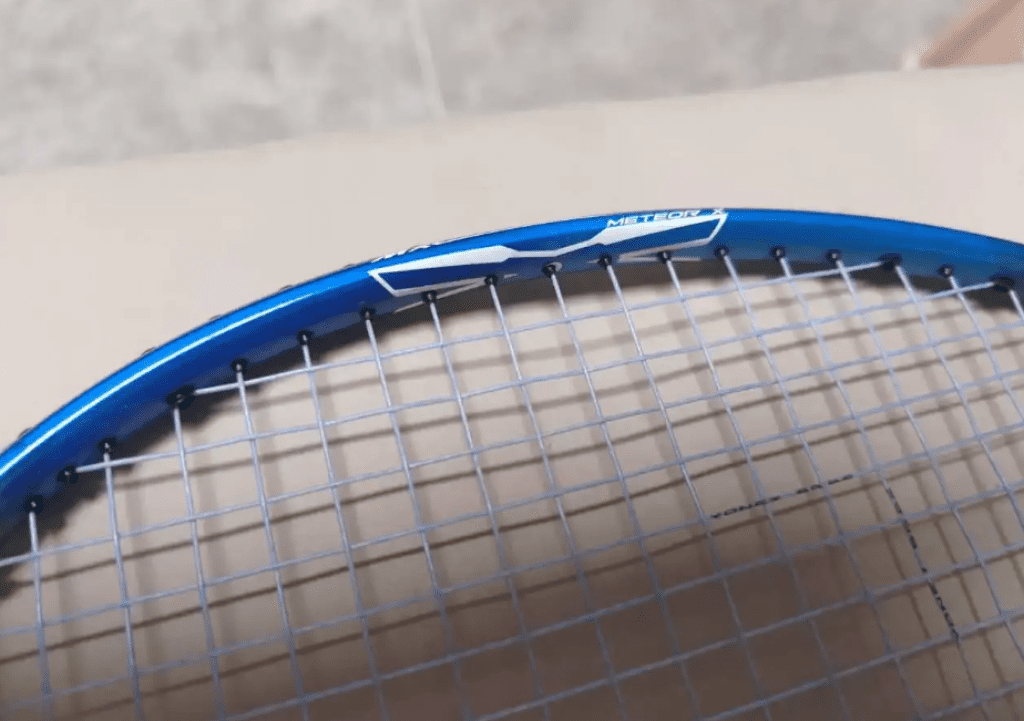
The issue still seems to be about matching the materials to the design. The 80-hole string bed is better suited to high-quality materials to reach its full potential; otherwise, it can become a drawback.

Leave a Reply